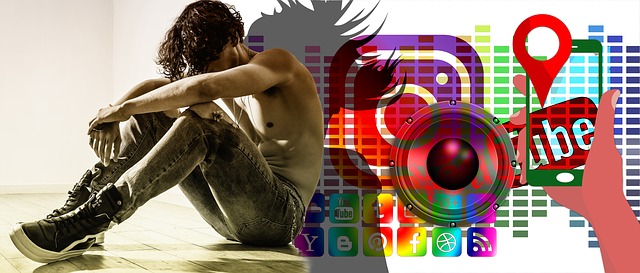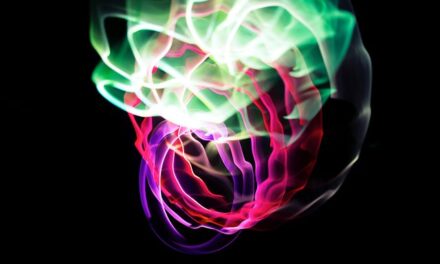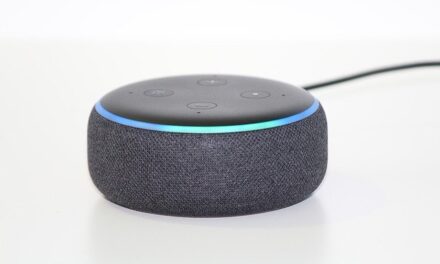There is an alarming correlation between the emergence of social media and an increase in mental health disorders among adolescents and young adults. On a February 2019 Joe Rogan Experience podcast, Jonathan Haidt presents compelling evidence that the launch of social media sites like Facebook, as well as the adoption of smart phones, started an upward trend in teen anxiety, depression, self-harm and suicide.

Jonathan Haidt – an American social psychologist, Professor of Ethical Leadership at New York University Stern School of Business, and author of several bestselling books including The Happiness Hypothesis (2006), The Righteous Mind (2012), and The Coddling of the American Mind (2018).
Link Between Social Media And Mental Health Disorders
While there is still a lot of work to be done to determine the relationship between social media use and the rise in mental health disorders, there are a number of reasonable theories behind this alarming trend.
Social Media Means 24/7 Bullying
Prior to social media and the internet, children – for the most part – only had to worry about bullying on school grounds. But social media has given bullies a new way to torment their victims. With just one click, bullies can now ridicule their victims 24 hours a day. They can publish malicious gossip and even upload photos and video that humiliates their intended target. This is particularly evident with girls who often harass their peer’s social media page, leaving negative comments or spreading misinformation.
Unreasonable Social Comparison
Individuals – and adolescents in particular – measure themselves against the status and successes of other people. This kind of evaluation can stir up negative feelings about looks, intelligence, popularity, success, and other characteristics. Compounding the problem of social comparison, is the fact that social media typically only shows everyone else’s highlight reels. Many teens start to compare themselves to photos or posts of people with seemingly “perfect” lives. Then they begin to feel that they don’t measure up.
Fear Of Missing Out (FOMO)
Social media can also give users a case of FOMO. For example, if someone didn’t go to the weekend party, or worse yet, they weren’t invited, teens often feel hurt and left out. Seeing others in their social circle having more fun and/or more popularity fosters questions about their own self worth.

Social And Economic Impact Of Social Media On Mental Health
The growing number of adolescents and young adults with mental disorders comes with serious social and economic consequences. Teens suffering from anxiety and depression are at greater risk for decreased quality of life, lowered productivity, educational difficulties, social problems, vulnerability to abuse, harmful addictions, self-harm, suicide, and physical health problems. So just like the adverse effects of alcohol and tobacco use by minors, the long-term impact from social media warrants serious consideration. Whether its public policy and regulation, education, tools that help mitigate adverse effects of social media, or increased mental health awareness and treatment – all these approaches are worthy of exploration. And as with any big problem comes opportunity. So look for innovative ideas and companies working to solve this social dilemma, since the ill-effects of social media on mental health, will no doubt garner more attention and more capital going forward.
Current Tools For Mitigating Adverse Effects Of Social Media





